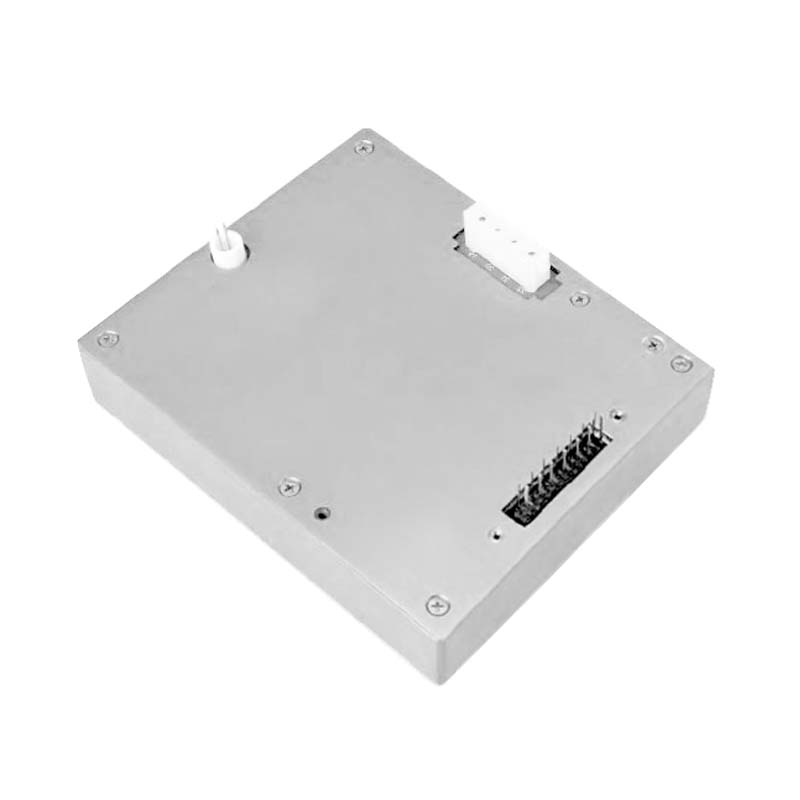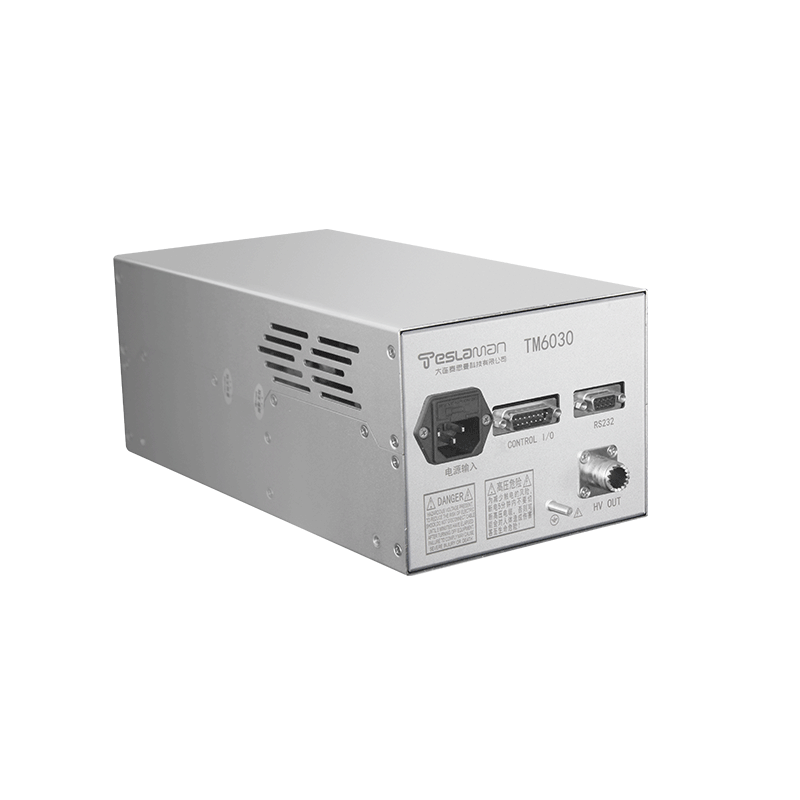Dynamic Load Compensation in High-Voltage Power Supplies for Ion Implantation: A Core Breakthrough in Precision Manufacturing
In semiconductor manufacturing, ion implantation is a critical process defining the electrical characteristics of devices, where precision directly impacts chip performance and yield. The high-voltage power supply system of an ion implanter must provide stable kinetic energy (typically kilovolt to megavolt levels) for ion acceleration. However, dynamic load disturbances—such as beam current fluctuations and gas ionization rate variations—cause output voltage drift, leading to deviations in implantation depth and concentration distribution. Dynamic load compensation technology suppresses voltage fluctuations within ±0.05% through real-time parameter adjustment, becoming a core enabler for nanoscale processes.
1. Root Causes and Impacts of Dynamic Load Disturbances
Key disturbance sources in ion implantation include:
• Plasma Instability: Pressure fluctuations in the ionization chamber or RF power disturbances cause beam current variations of ±15% within milliseconds.
• Wafer Material Heterogeneity: Reflected electrons from different wafer surfaces disrupt electric field distribution, triggering abrupt load impedance changes.
• Thermal Accumulation: Junction temperature rise in power devices (e.g., IGBT) increases conduction resistance, elevating output voltage ripple by 2.3 times per 50°C.
Uncompensated disturbances result in >5% dose non-uniformity, shifting device threshold voltages and reducing chip yield.
2. Core Technologies for Dynamic Compensation
Modern high-voltage power supplies employ multi-dimensional control:
• Millisecond-Level Adaptive Algorithms: AI models pretrained on beam sensor data dynamically adjust acceleration voltage and current. For example, upon detecting ion source fluctuations, the system corrects output within 10 ms, reducing stability recovery time to 1/50 of conventional methods.
• High-Frequency Pulse Modulation: Silicon carbide (SiC) devices increase switching frequency to MHz levels, while magnetic compression circuits suppress response time to <20 μs and overshoot to ±0.05%.
• Multi-Physics Field Coupling: Integrated temperature-voltage feedback uses thermistor networks to monitor module temperature. Second-order curvature compensation circuits nullify reference voltage drift, limiting variation to <0.005% across 25–100°C.
3. Hierarchical Cooperative Control Architecture
Dynamic compensation requires system-wide integration:
• Hardware Layer: A cascaded H-bridge topology with modular power units enables redundancy. Automatic failover to backup units prevents production interruptions.
• Control Layer: FPGA-based LC matching networks dynamically adjust resonant frequency to counter capacitive load variations (e.g., gas dielectric constant changes ±0.05%/°C), reducing adsorption force fluctuations from ±5% to ±0.8%.
• System Layer: Digital twin platforms simulate process parameters, while edge computing nodes enable microsecond-level decisions. For example, predicting wafer batch differences and pre-adjusting power output curves minimizes online calibration time.
4. Challenges and Future Directions
Two critical bottlenecks remain:
• Multi-Variable Coupling: Interactions between beam current, temperature, and material properties challenge traditional PID control. Reinforcement learning algorithms with reward functions for dynamic weight balancing are emerging solutions.
• Efficiency-Precision Trade-off: High-frequency switching increases electromagnetic interference (EMI). Gallium nitride (GaN) devices with 3D packaging can reduce thermal resistance while suppressing 30–100 MHz noise.
Future advancements in quantum sensors and topological insulator materials may push voltage control precision to ppm levels, supporting ion implantation for sub-3-nm nodes.
Conclusion
Dynamic load compensation in ion implantation high-voltage power supplies is pivotal for semiconductor manufacturing’s transition to atomic-scale precision. By integrating AI, wide-bandgap semiconductors, and multi-physics control, next-generation power systems are transcending the physical limits of speed and accuracy, injecting vital momentum into the continuation of Moore’s Law.




















